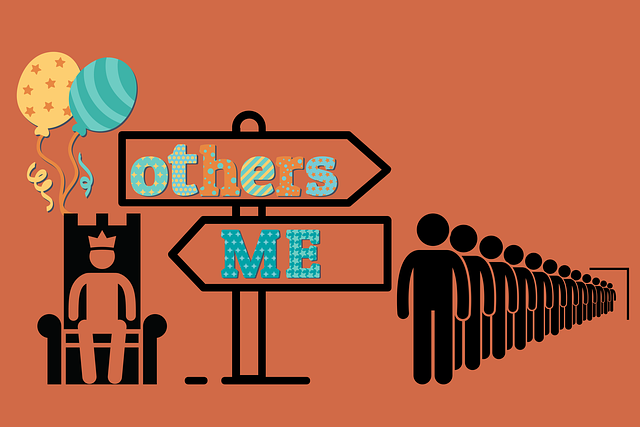*
Self-exclusion tools have emerged as powerful strategies for responsible gaming, enabling individuals to voluntarily limit or block access to online gambling platforms. This comprehensive guide explores effective self-exclusion tools and strategies, offering insights into their implementation and real-world impact. From understanding the mechanisms behind these tools to studying successful case studies, we delve into how organizations can promote healthier gaming habits while ensuring compliance with regulatory standards.
- Understanding Self-Exclusion Tools
- Strategies for Effective Implementation
- Case Studies: Successful Exclusion Programs
Understanding Self-Exclusion Tools

Self-Exclusion Tools are mechanisms designed to help individuals take control of their gambling habits by voluntarily limiting or stopping access to gambling platforms and services. These tools play a crucial role in promoting responsible gaming, especially for those who may be at risk of developing problematic gambling behaviors. By enabling users to set personal boundaries, self-exclusion strategies empower individuals to protect themselves from the potential harms associated with excessive gambling.
There are various forms of Self-Exclusion Tools available, ranging from simple account closures to more complex technological solutions. Some casinos and online gaming platforms offer self-restriction programs where players can choose to restrict their access for a specified period or indefinitely. Technological advancements have also led to the development of apps and software that allow users to block gambling sites and apps on their devices, providing an extra layer of protection against impulsive gambling. Understanding these tools is essential in fostering a culture of responsible gaming and ensuring that individuals maintain healthy relationships with gambling activities.
Strategies for Effective Implementation

Implementing effective self-exclusion tools requires a strategic approach to ensure success and positive outcomes. One key strategy is to personalize the experience for each individual. This involves understanding their unique triggers, behaviors, and motivations behind their decision to use self-exclusion. By tailoring the tool’s parameters, such as setting custom time limits or blocking specific categories of content, you empower users to take control while providing targeted support.
Additionally, integrating multiple features enhances the tool’s effectiveness. This could include not only blocking access but also tracking and reporting usage patterns. Notifications that remind users of their self-exclusion periods can serve as a gentle nudge, reinforcing healthy habits. Encouraging users to set personal goals and providing educational resources on managing digital well-being further supports their journey towards healthier online behaviors.
Case Studies: Successful Exclusion Programs

Successful self-exclusion tools have been implemented in various settings, demonstrating their effectiveness in promoting responsible gambling and helping individuals regain control over their gaming habits. One notable case study involves a land-based casino that introduced a comprehensive self-exclusion program. Patrons could voluntarily enroll in this program, agreeing to restrict their access to gaming machines and table games within the casino. The program offered multiple tiers of restrictions, allowing individuals to tailor their self-exclusion based on personal needs. This personalized approach proved successful, with many participants reporting reduced gambling urges and improved mental well-being.
Online gambling platforms have also embraced self-exclusion tools, recognizing the importance of digital solutions in a rapidly growing industry. A popular online gaming site implemented an automated system where players could set deposit limits and schedule daily, weekly, or monthly self-exclusion periods. This feature was met with positive responses, as it empowered users to monitor their spending and take proactive measures to prevent excessive gambling. By drawing from these case studies, the effectiveness of well-designed self-exclusion tools becomes evident, paving the way for broader adoption in the industry to support problem gamblers and promote healthy gaming practices.
Self-exclusion tools are powerful resources in the fight against compulsive behaviors, offering individuals a sense of control and support. By implementing effective strategies outlined in this article, such as personalized interventions, digital solutions, and community engagement, we can enhance their success rates. The case studies highlighted demonstrate that with the right approach, self-exclusion programs can lead to positive outcomes, allowing individuals to reclaim their lives and foster healthier habits. Embracing these strategies can significantly contribute to creating a more balanced and supportive environment for those seeking to exclude themselves from potentially harmful activities.






